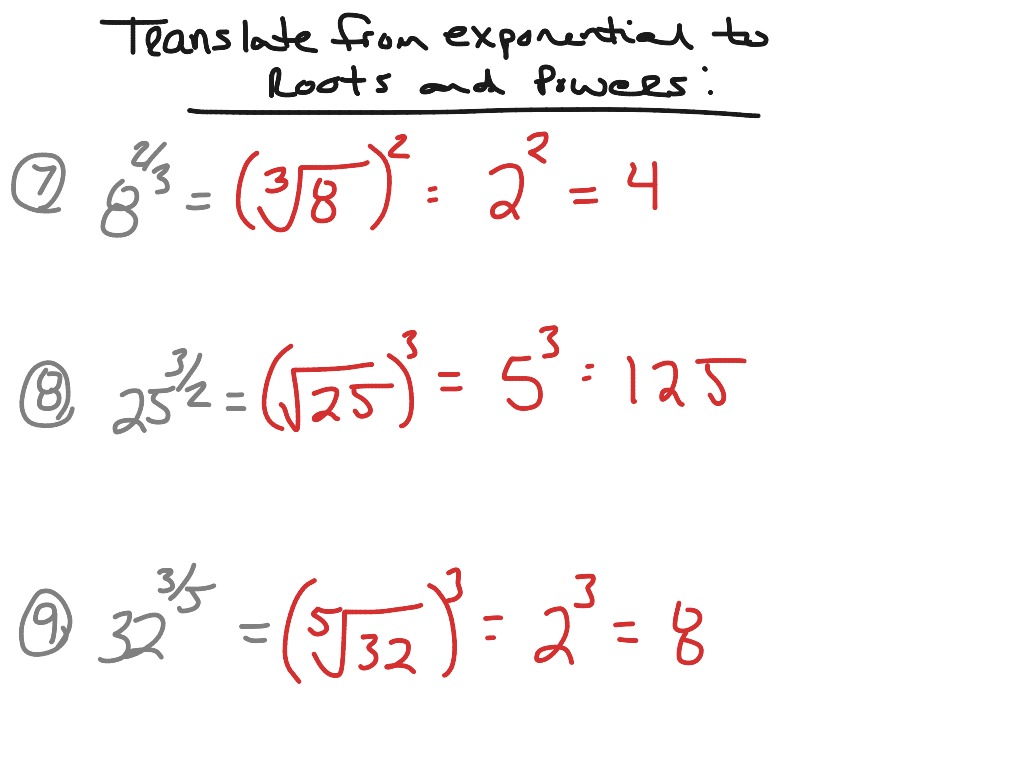
Ultimately, the book makes it clear that abstraction in South America was understood not as an artistic style to be followed but as a means to imagine a universalist mode of art, a catalyst for individual and collective agency, and a way to express a vision of a better future for South American society. This is by using the radical form of the number which is represented by the nth root of the number. Sullivan thoughtfully explores the diverse ways this skepticism of modernization and social and political change was expressed. Sullivan positions the adoption of modernist abstraction by South American artists as part of a larger critique of the economic and social transformations caused by Latin America’s state-led programs of rapid industrialization. For other roots, you can first convert the radical to exponential form and. Use the rule to convert 1001 2 100 1 2 to a radical, where a 100 a 100, x 1 x 1, and n 2 n 2. TECHNOLOGY There are four methods of evaluating radicals on most graphing.

To simplify: Here are some more examples: And one. Emphasizing the open-ended and self-critical nature of the projects of abstraction in South America from the 1930s through the mid-1960s, this important new volume focuses on the artistic practices of Joaqun Torres-Garca, Toms Maldonado, Alejandro. If n n is a positive integer that is greater than x x and a a is a real number or a factor, then ax n nax a x n a x n. Simplified radical form is when a number under the radical is indivisible by a perfect square other than 1. A timely reassessment of some of the most daring projects of abstraction from South America. Emphasizing the open-ended and self-critical nature of the projects of abstraction in South America from the 1930s through the mid-1960s, this important new volume focuses on the artistic practices of Joaquín Torres-García, Tomás Maldonado, Alejandro Otero, and Lygia Clark. Convert to Radical Form 100 (1/2) 1001 2 100 1 2. Step 2: Write the number under the radical as a product of its factors as powers of 2. Step 1: Find the factors of the number under the radical.

A timely reassessment of some of the most daring projects of abstraction from South America. We will simplify this radical expression into the simplest form until no further simplification can be done.


 0 kommentar(er)
0 kommentar(er)
